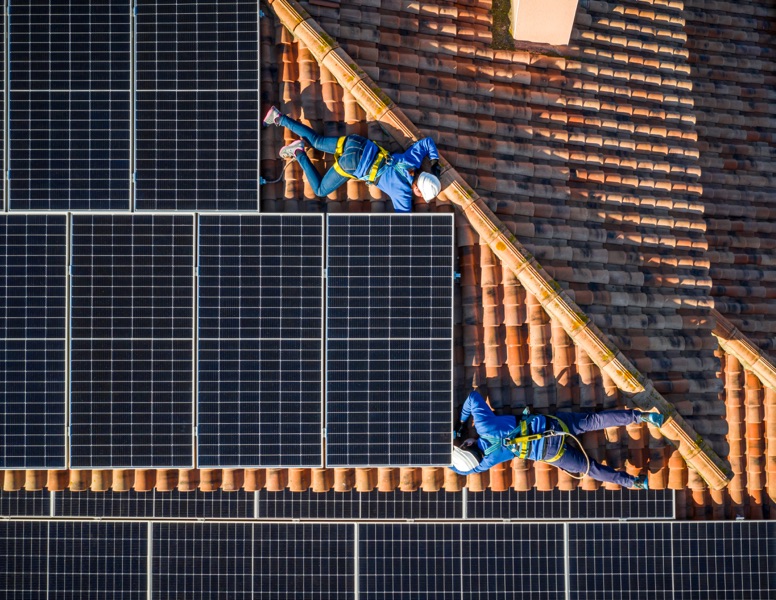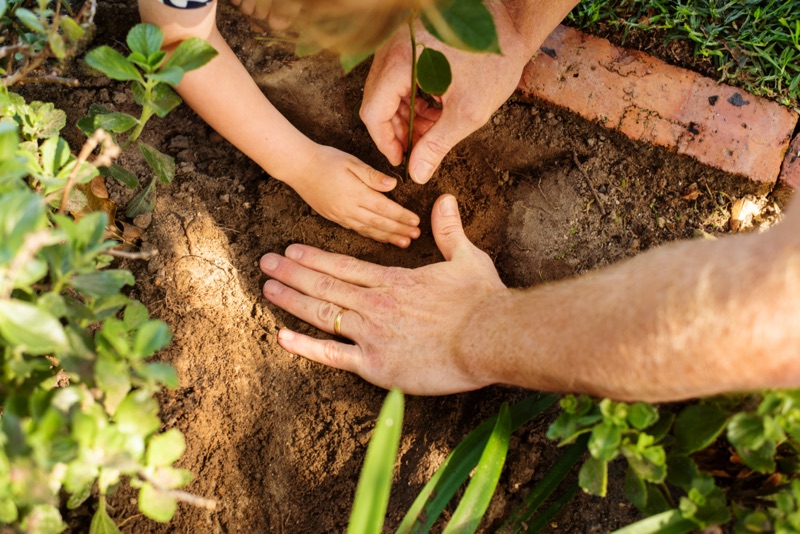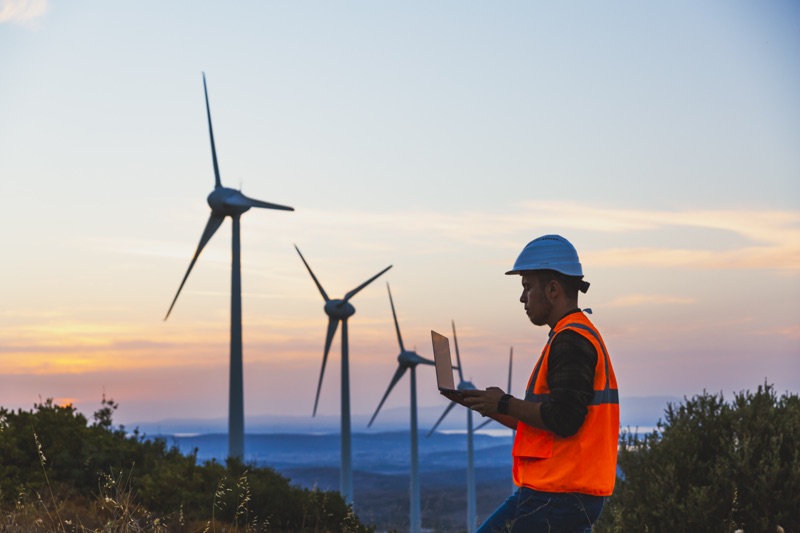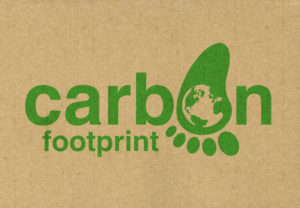Living to Help Future Generations
“Living green or sustainable living is a concept about doing our part to reduce our personal, family and business impact on our environment. From using less energy, reducing waste, restoration, volunteering, and conservation. We can all make a difference to make our lives better as well as for future generations.
We hope that you will embrace and utilize information found in this section to help improve your home environment, prepare for disaster before it happens and helping the overall health of our planet.”
Living Green
 Our mission is to harness economic power—the strength of consumers, investors, businesses, and the marketplace—to create a socially just and environmentally sustainable society.
Our mission is to harness economic power—the strength of consumers, investors, businesses, and the marketplace—to create a socially just and environmentally sustainable society.
Disaster Preparation
The Map Your Neighborhood program guides you and your neighbors through simple steps to help enhance your preparedness for an emergency. These steps will help you to quickly and safely take actions that can minimize damage and protect lives. It is designed to improve disaster readiness at the neighborhood level, 15-20 homes or a defined area that you can canvas in 1 hour. It teaches neighbors to rely on each other during the hours or days before fire, medical, police or utility responders arrive.
Reducing Our Carbon Footprint
The goal of Global Stewards is to provide environmental tips for sustainable living and information about exciting solutions that are speeding the shift toward a sustainable way of life.
Carbon Footprint Ltd works tirelessly on your part to shape the agenda for environmental and carbon management for businesses. We provide tips to helping you reduce your footprint and advice to help you cut carbon and energy costs.
Improving Your Home Environment
Have you ever paused to think about the chemicals and contaminants you are exposed to inside your home? The Healthy Living: Home Guide includes more than 20 different types of products for building, making improvements and furnishing your home. You’ll find quick, inexpensive changes you can make, as well as bigger changes and investments you can take on when building, remodeling or redecorating.
Born in the wake of elevated concern about environmental pollution, EPA was established on December 2, 1970 to ensure environmental protection.
EPA’s purpose is to ensure that:
All Americans are protected from significant risks to human health and the environment where they live, learn and work.
Solar Energy
The U.S. Department of Energy is a great resource to learn about Solar Energy for your home. Thier website offers a number of steps to follow when planning to power your home with solar energy. Follow the steps to find out what most applies to you.
Energy Savings
A typical American family spends nearly $2,000 per year on their home energy bills. Much of that money, however, is wasted through leaky windows or ducts, old appliances, or inefficient heating and cooling systems. The Energy Saver Do-It-Yourself (DIY) Savings Projects offer easy, step-by-step instructions to home energy efficiency improvements that will save you energy and money.
SmarterHouse is the most complete and up-to-date guide available on energy savings in the home. Following a review of measures to tighten up the building shell itself, the site focuses on the things you put in it your home—including major appliances, heating equipment, air conditioning, lighting, and electronics—and how the energy use of those products can be reduced. If you’re about to buy a new appliance or heating system, you’ll be most interested in the tips on what to look for when buying new equipment. Otherwise, look for guidance on how to get the best energy performance through operation and maintenance of the products you already own. For further information and updates, we’ve included links directing you to valuable resources provided by the government, trade associations, and other sources.
 ENERGY STAR® is the government-backed symbol for energy efficiency, providing simple, credible,and unbiased information that consumers and businesses rely on to make well-informed decisions. Thousands of industrial, commercial, utility, state, and local organizations—including more than 40 percent of the Fortune 500®—partner with the U.S. Environmental Protection Agency (EPA) to deliver cost-saving energy efficiency solutions that improve air quality and protect the climate. Since 1992, ENERGY STAR and its partners helped save American families and businesses nearly 4 trillion kilowatt-hours of electricity and achieve over 3 billion metric tons of greenhouse gas reductions, equivalent to the annual emissions of over 600 million cars. In 2017 alone, ENERGY STAR and its partners helped Americans avoid $30 billion in energy costs.
ENERGY STAR® is the government-backed symbol for energy efficiency, providing simple, credible,and unbiased information that consumers and businesses rely on to make well-informed decisions. Thousands of industrial, commercial, utility, state, and local organizations—including more than 40 percent of the Fortune 500®—partner with the U.S. Environmental Protection Agency (EPA) to deliver cost-saving energy efficiency solutions that improve air quality and protect the climate. Since 1992, ENERGY STAR and its partners helped save American families and businesses nearly 4 trillion kilowatt-hours of electricity and achieve over 3 billion metric tons of greenhouse gas reductions, equivalent to the annual emissions of over 600 million cars. In 2017 alone, ENERGY STAR and its partners helped Americans avoid $30 billion in energy costs.

Your Living Green Vetted Partners:












